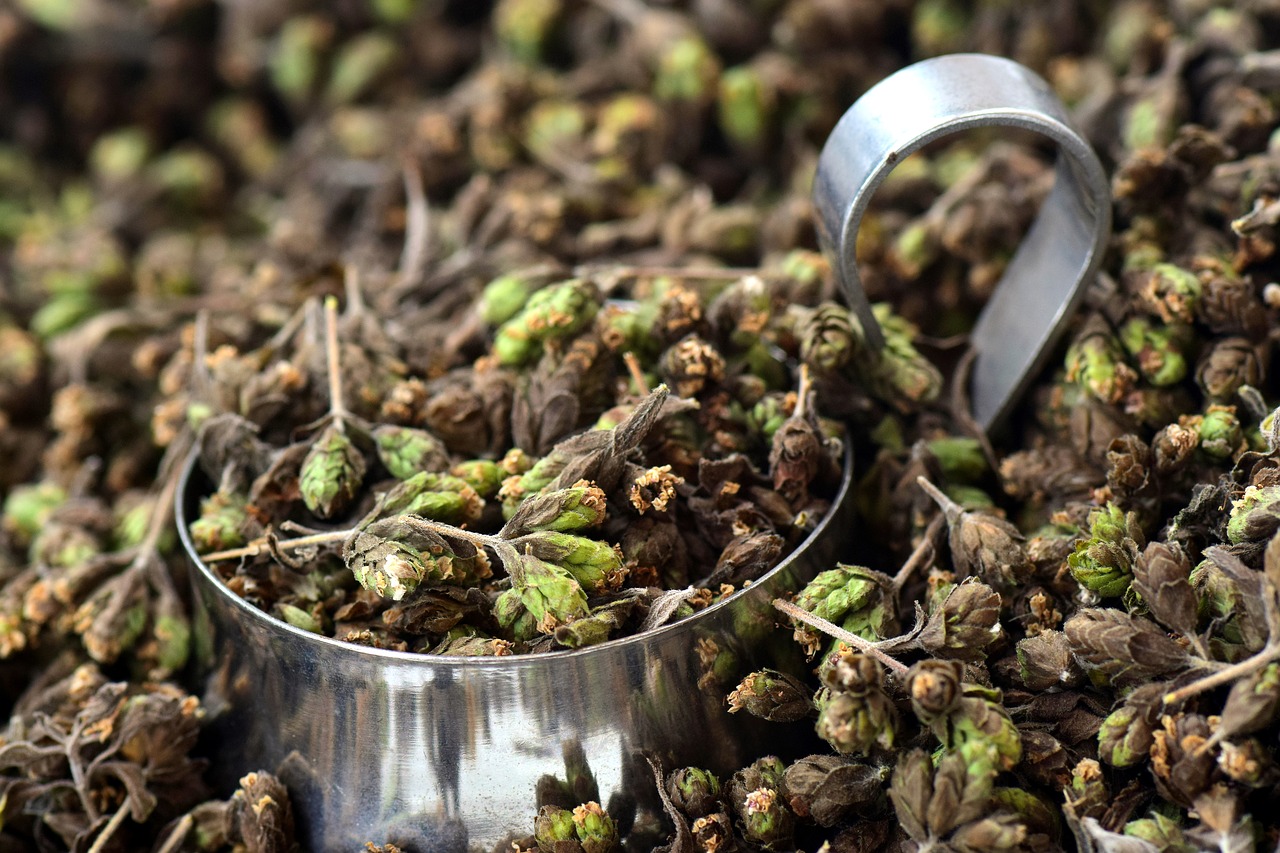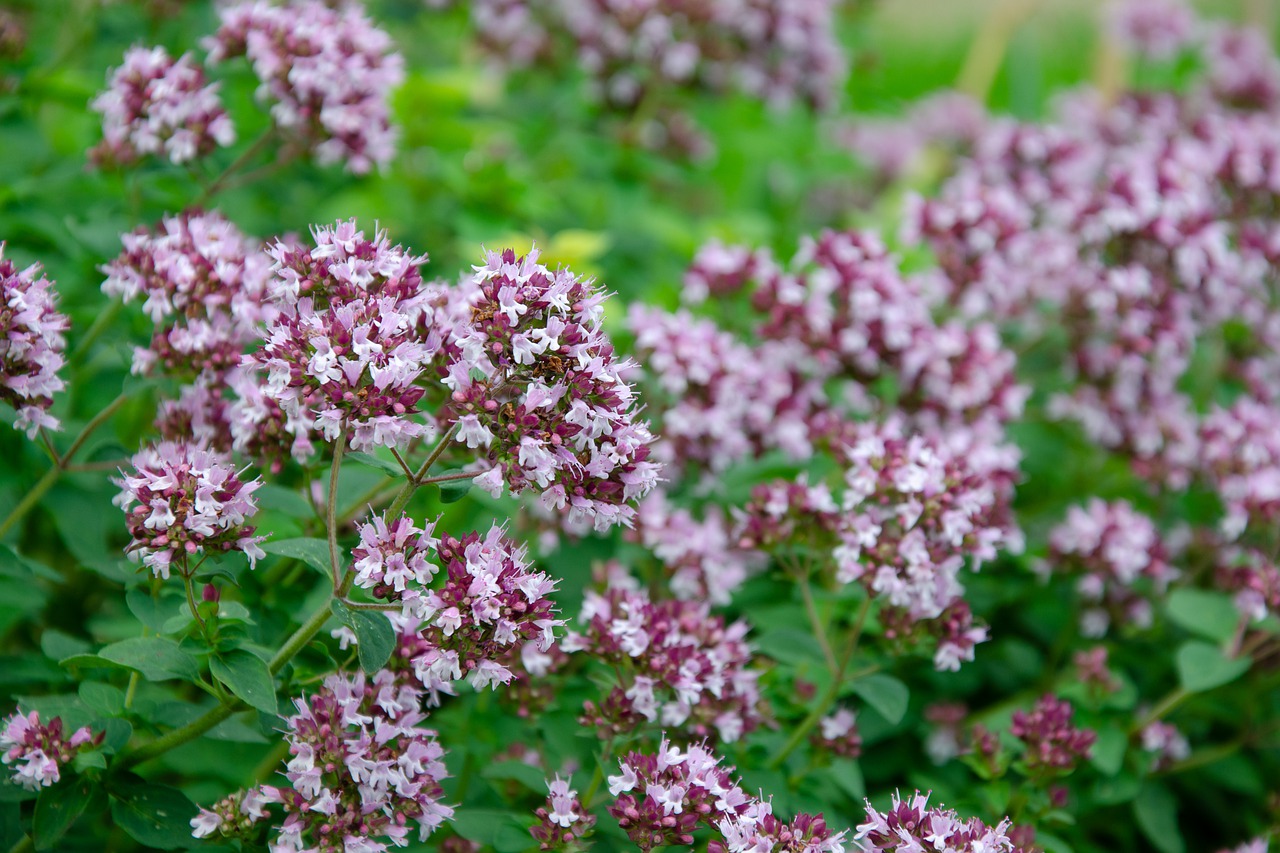Oregano Herb
(and several other varieties)
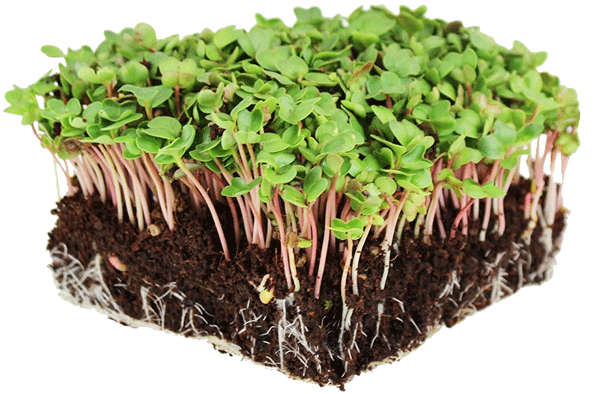
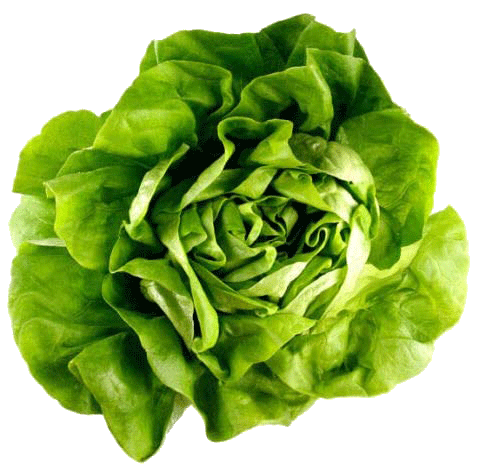
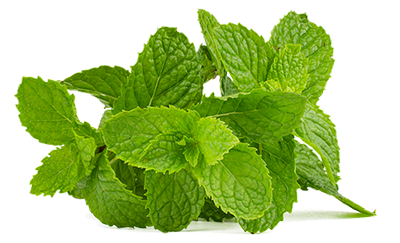
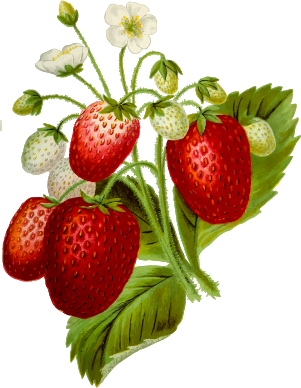
Characterized by its aromatic scent and pungent taste, the oregano herb belongs to the Lamiaceae family, where the mint herb is also a member of. The name oregano came from the Greek words “oros” which means mountain and “ganos” which means joy. This is the reason why early civilizations have associated the plant with joy and happiness. For thousands of years, people have used it, not only for adding flavor to their dishes but also for treating various health conditions.
Native to the hills of western Asia and Mediterranean countries, oregano is popularly used across the world for its variety of uses in cooking and health. The herb is considered a vital ingredient in the Mediterranean diet and often used in adding flavor to many dishes and food recipes. Many people also use oregano as a food supplement and as an aromatic oil.
Typically cultivated small evergreen subshrub, oregano thrives in areas with mild climates. It features small oval leaves, positioned oppositely, and covered with plant hairs. Its stem is usually square and hairy when the plant is young, but becomes woody with age. The oregano herb blooms small, clustered flowers, with colors ranging from white to pink to purple. Oregano produces essential oil, with thymol and carvacrol as the principal components.

